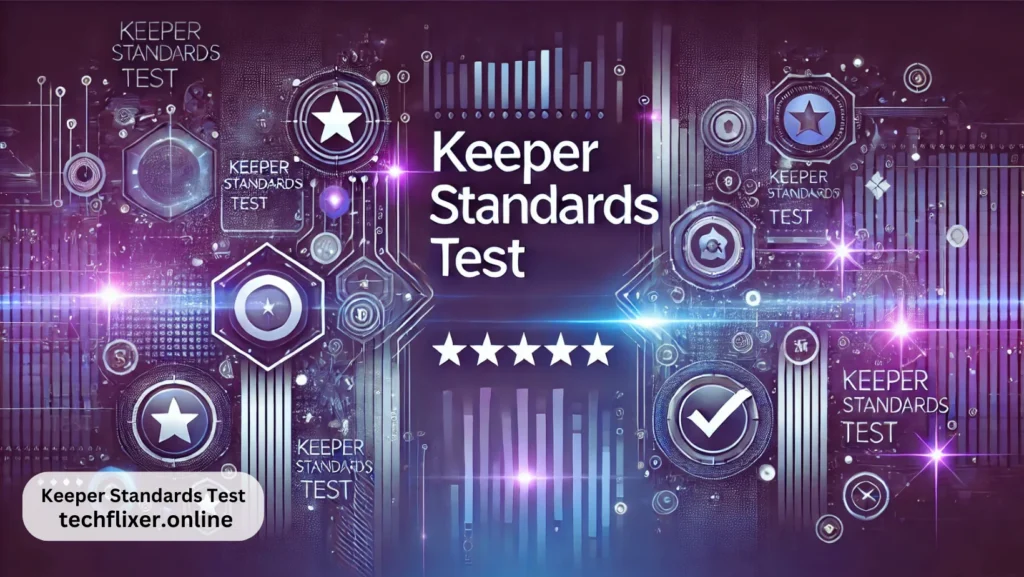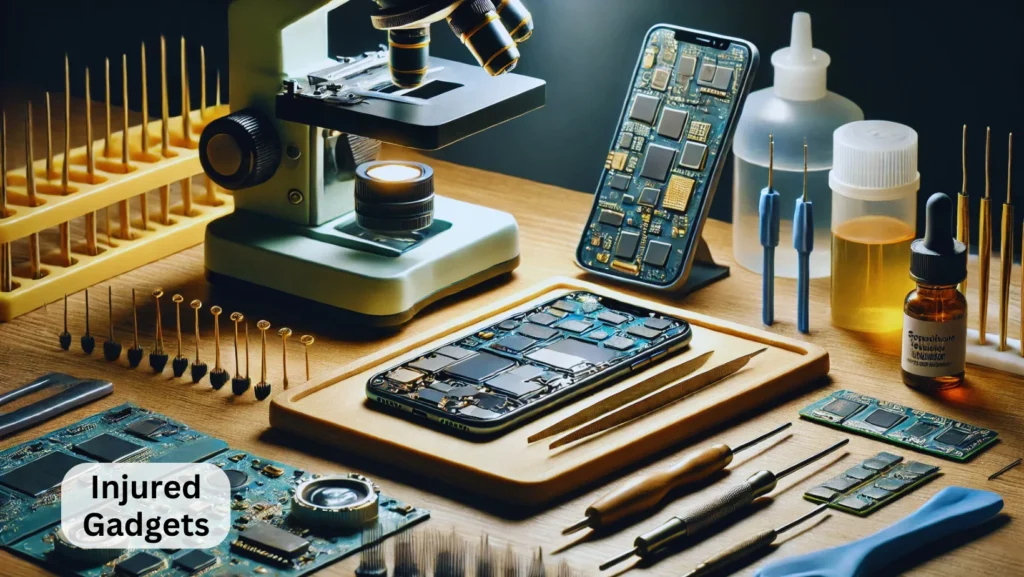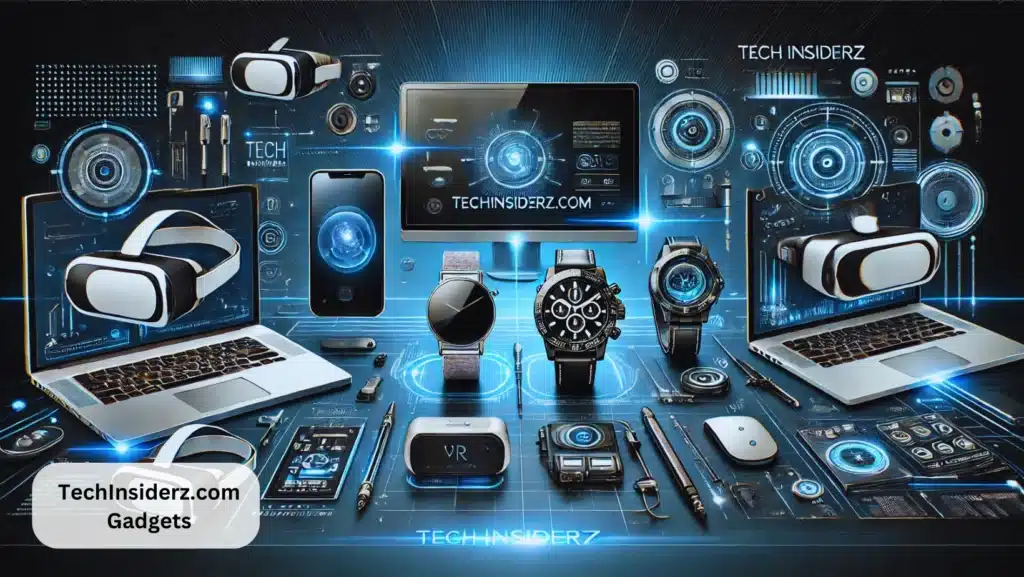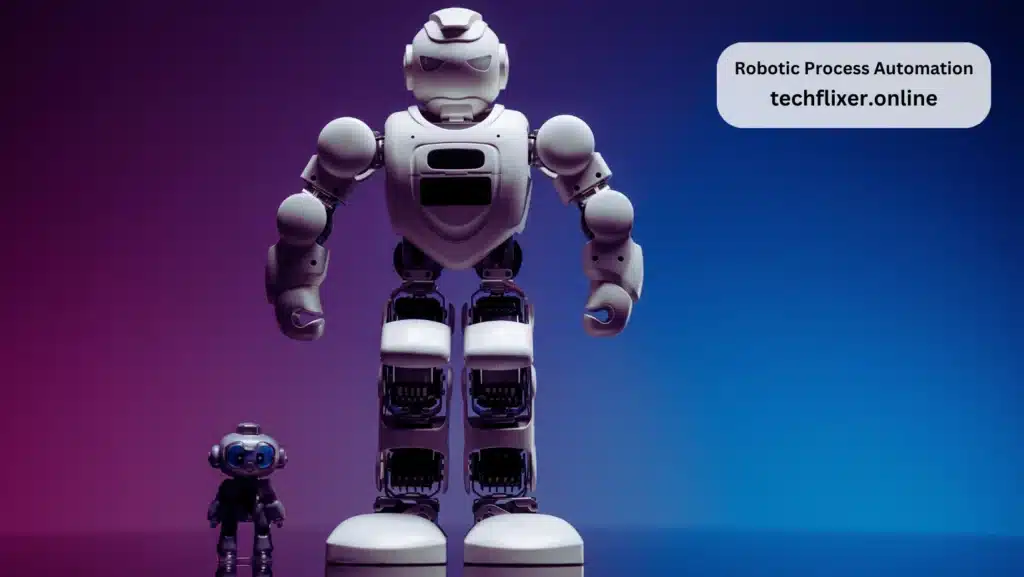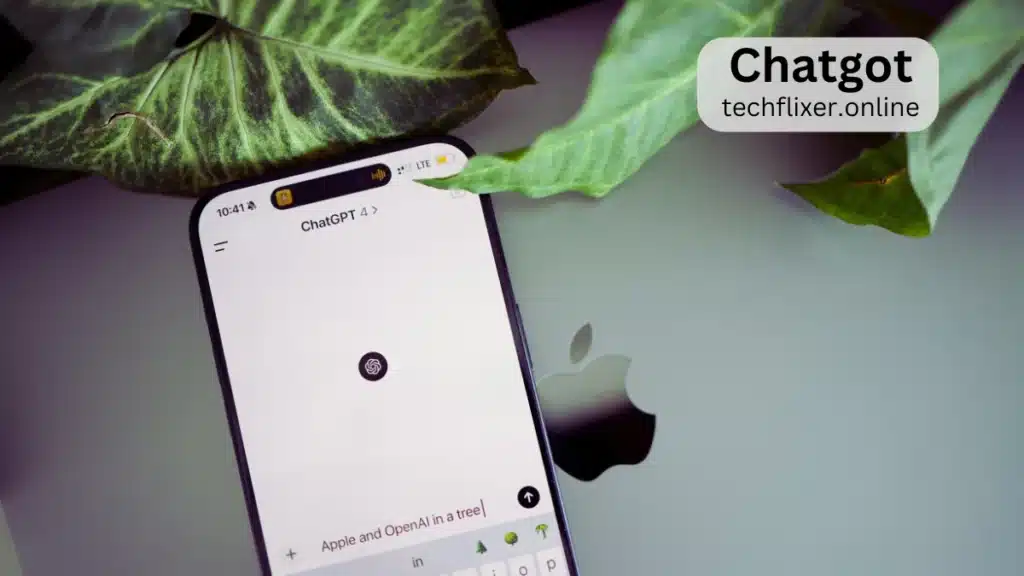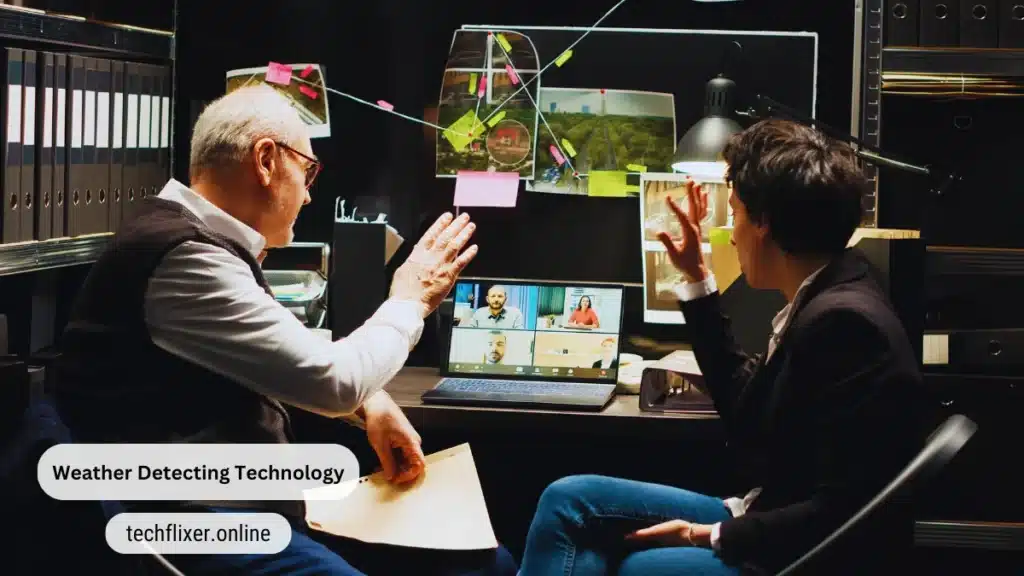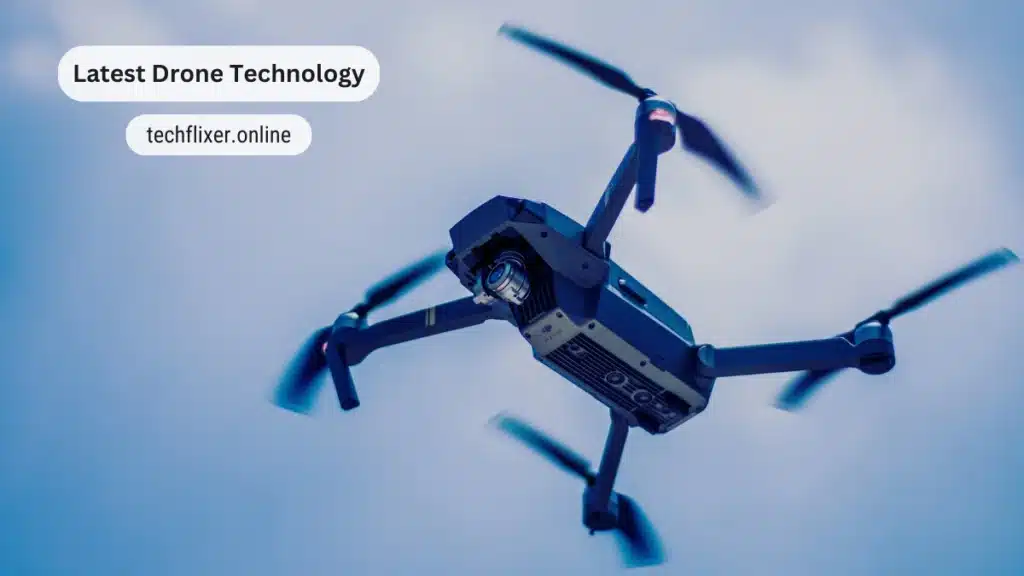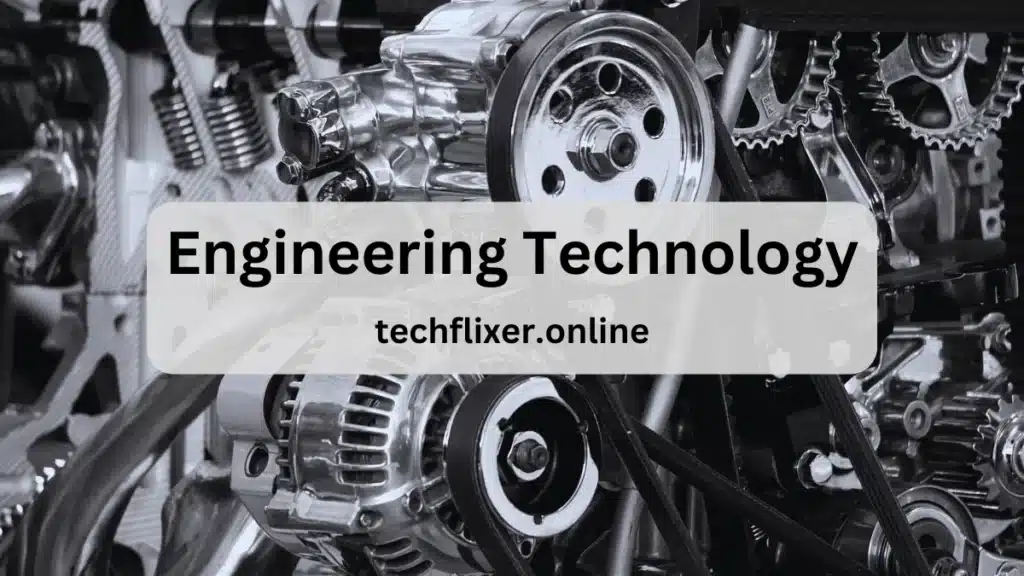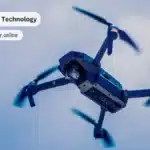Weather Detecting Technology – Insights and Innovations
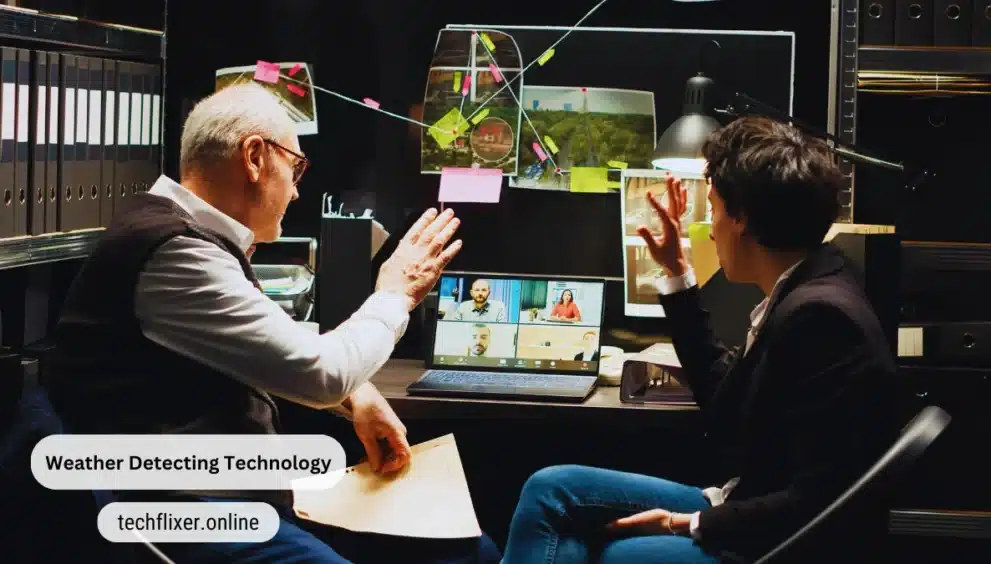
Weather Detecting Technology has revolutionized the way we understand and respond to atmospheric changes. From forecasting storms to predicting temperature shifts, these advancements are pivotal in safeguarding lives and improving decision-making in various sectors. In this blog, we’ll dive into the concept of Weather Detecting Technology, its applications, and its growing significance in modern times.
What Is Weather Detecting Technology?
Weather Detecting Technology refers to the tools and systems used to observe, measure, and predict weather conditions. This includes devices like weather radars, satellites, and ground-based sensors.
Key Components
- Radars – Used to detect precipitation and storms.
- Satellites – Provide images of cloud patterns and track weather systems.
- Weather Stations – Collect real-time data on temperature, humidity, and wind speed.
This technology empowers meteorologists to provide accurate weather forecasts, helping individuals and organizations plan effectively.
The Evolution of Weather Detecting Technology
Early Methods
In ancient times, weather predictions were based on observations of natural phenomena, like animal behavior or cloud formations.
Modern Era
The introduction of radars and satellites in the 20th century marked a significant shift. Today, advanced algorithms and artificial intelligence (AI) further enhance forecasting accuracy.
Applications of Weather Detecting Technology
Disaster Management
Early detection of hurricanes, tornadoes, and floods saves lives and minimizes property damage.
Agriculture
Farmers use weather data to decide the best times for planting, watering, and harvesting crops.
Transportation
Airlines and shipping industries rely on weather forecasts to ensure safe and efficient operations.
Energy Management
Renewable energy sources like solar and wind depend heavily on weather predictions for optimal performance.
How Does Weather Detecting Technology Work?
Weather Detecting Technology collects data from various sources and processes it to predict future conditions.
- Data Collection – Instruments like barometers, anemometers, and satellites gather real-time weather information.
- Data Analysis – Advanced software analyzes this data to identify patterns and trends.
- Forecasting Models – Meteorologists use predictive models to forecast short- and long-term weather conditions.
Weather Detecting Technology and Climate Change
With climate change causing unpredictable weather patterns, the role of Weather Detecting Technology has become more critical. It helps in monitoring global temperatures, sea-level rise, and extreme weather events.
Example
Organizations like NASA and NOAA (National Oceanic and Atmospheric Administration) use weather satellites to study climate changes and predict their impact on ecosystems.
Weather Detecting Technology and NYT Crosswords
Weather Detecting Technology often appears as a theme in New York Times (NYT) crosswords. Clues might reference specific instruments, weather phenomena, or terms related to meteorology.
Example Clues
- Device for measuring atmospheric pressure (Answer: Barometer)
- Weather satellite’s job (Answer: Forecast)
These puzzles reflect the widespread relevance of weather technology in popular culture.
The Future of Weather Detecting Technology
The field of weather technology is constantly evolving. Innovations like AI, machine learning, and IoT (Internet of Things) are making weather predictions more accurate and accessible.
Emerging Trends
- Hyperlocal Forecasting – Provides weather updates specific to small areas.
- Wearable Technology -Devices like smartwatches offer personalized weather alerts.
- Sustainable Monitoring Systems – New technologies aim to reduce environmental impacts.
Conclusion
Weather Detecting Technology is a cornerstone of modern life, influencing everything from daily activities to large-scale disaster management. Its continuous evolution ensures that we are better prepared to face the challenges posed by changing weather patterns and climate conditions. Whether you’re a professional meteorologist or someone curious about how it works, understanding this technology is key to appreciating its impact on our lives Tech Flixer.
FAQs
What is Weather Detecting Technology?
Weather Detecting Technology refers to the tools and systems used to monitor, measure, and forecast weather conditions. These include satellites, radars, and sensors that provide accurate and real-time data for predictions.
Which science combines technology and engineering for weather detection?
Meteorology is the science that combines technology and engineering to study atmospheric phenomena. It uses advanced instruments to analyze weather patterns and predict future conditions.
What does a person in the engineering and technology career pathway do in weather detection?
They design, maintain, and operate equipment like radars, satellites, and weather stations. Their work ensures accurate data collection and analysis, which is vital for reliable forecasts.
Why should you learn about Weather Detecting Technology?
Understanding this technology helps you stay informed about weather patterns, prepare for natural disasters, and even explore career opportunities in meteorology or environmental science.
Is Weather Detecting Technology a good field to pursue?
Yes, it’s a promising field with diverse applications in meteorology, agriculture, transportation, and disaster management. It offers excellent career growth opportunities and the chance to make a positive societal impact.
Read More!
Latest Drone Technology – Applications in 2025
